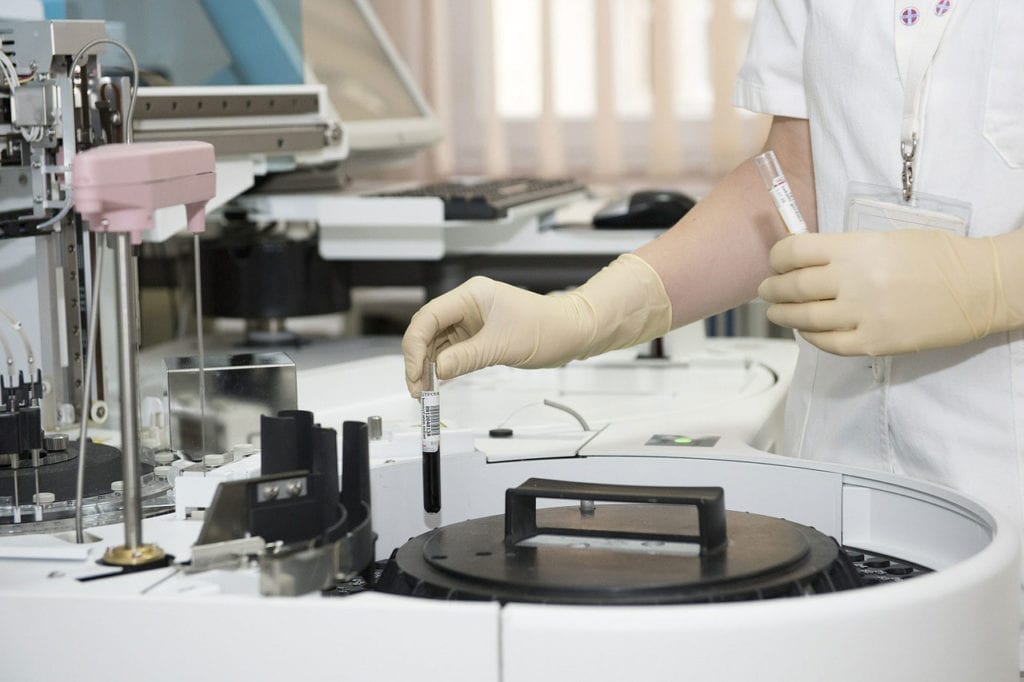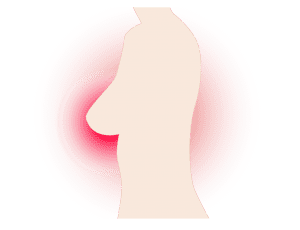According to UWHealth, the researchers at UW Carbone Cancer Center look behind the five-year survival rate for cancer and instead consult what they call their “core facility–Cancer Prevention and Outcomes Data,” also abbreviated as CPOD. Researchers and scientists at UW Carbone are using CPOD to analyze and head start studies that will hopefully and ultimately produce improved patient outcomes. One of these studies includes a group of patients with metastatic breast cancer.
Metastatic Breast Cancer Explained
Though a metastatic breast cancer diagnosis can be shocking and scary, it is still possible to treat metastasized breast cancer if it is detected early enough. The disease itself stems from general breast cancer, which is a cancer that starts as a tumor in the breasts. Metastatic breast cancer is the cancer that occurs outside the position of the original tumor and extends throughout the body. This extension could be close or very distant from the original site of cancer. Common sites for metastatic breast cancer are in the lungs, skin, lymph nodes, brain, and the liver. Symptoms of the condition include a lump in the breast or swelling of the breasts, and pain in the abdomen and bones. Some women can self identify these changes in their body, and others will be detected in a general check-up with a doctor. To read more about metastatic breast cancer, click here.
Cancer Prevention and Outcomes Data
The CPOD technique used by scientists at UW Carbone may have the ability to revolutionize cancer survivor data. Those involved in CPOD want to focus more on the holistic patient experience.
“We have a long history of doing studies of cancer survivors and focusing on patient-reported outcomes,” said PhD and faculty director of CPOD, Amy Trentham-Dietz. “We don’t collect much clinical trial data, or mortality or recurrence data; we often collect lifestyle factors and patient-reported outcomes, like quality of life, satisfaction with care, health literacy and barriers to care – all things that reflect the patient experience. These are things you usually can’t find in the medical record.”
Ultimately, those who work with CPOD want to use the data to improve overall patient outcomes. A recent project the research team undertook was led by Mark Burkard, MD PhD, who is an oncologist and scientist at UW Carbone. In this particular study, Dr. Burkard screen more than 2000 breast cancer survivors through an online questionnaire. This was done to understand subsets of breast cancer survivors with unique genetic backgrounds as well as lifestyles with the condition.
“CPOD assisted with developing the questionnaire, programming the electronic survey, and recruiting women who have survived with metastatic breast cancer,” said Amy Trentham-Dietz. “What’s great about that study is it really developed out of Mark’s interaction with survivors and advocates and things they were concerned about. So we were able to build in not only questions related to collecting tissue to do genomic studies but also factors related to diet and other exposures the women are concerned about – it’s important to be able to pull their concerns into the research.”
Utilizing the Cancer Registry
Not only are the researchers trying to develop questionnaires for cancer population studies, but they are also applying CPOD by using outcomes data from the Center’s cancer registry. The electronic medical records within the database can be accessed by trained users and can be utilized to stay updated on patterns of cancer patient treatment and survival.
“The cancer registry has registrars that abstract data from the medical record, and supplement it by looking through things like text notes in the record. It’s data that isn’t yet easily extractable using computers, so humans are doing the abstracting in a very standardized way across the country, including here at the Cancer Center,” said Trentham-Dietz. “Where this process is really powerful is connecting the cancer registry data with patient-reported outcomes, where we can really get a comprehensive picture of factors related to cancer prevention, treatment and survival – and where to improve all those points.”
Needless to say, those at UW Carbone have the ability to make strides in the cancer treatment and prevention world by utilizing new techniques like CPOD. In the future, there may be a lot more to track than just a five-year survival rate. To learn more about CPOD, click here.








